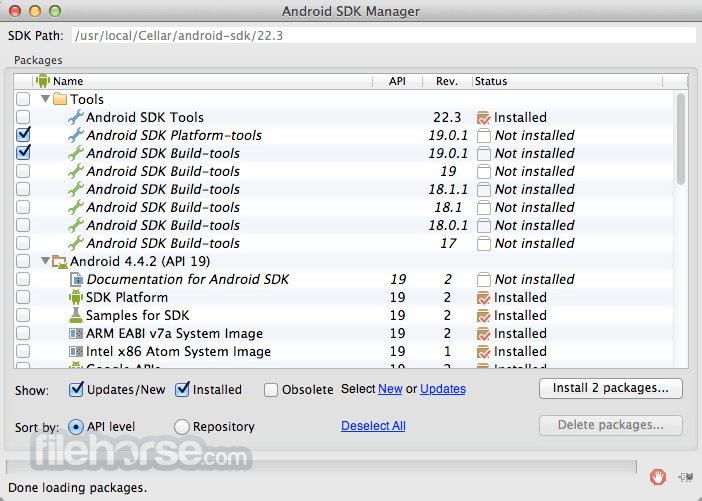

While perusing the options, you may have noticed the “Status” field, which will keep you apprised of any available updates to both the SDK and the individual components within the SDK. You’re also able to remove SDKs that you no longer require by unchecking the components. Clicking the “Apply Changes” button will result in a license review window appearing, where you can read through the license for the component and proceed to download. You can add an SDK by either clicking on the root level of the tree for the SDK you are interested in, or by expanding it and selecting the individual components. Expanding each SDK version allows you to manage individual components within the SDK, such as system images and source code. Here, you can easily take stock of which SDK version you have available to you, including which API Level corresponds to which Android version. Upon doing so, you’ll be greeted with the SDK Manager window. Opening the new SDK Manager is as easy as opening Visual Studio for Mac and selecting Tools > SDK Manager. So, let’s dive in and see how easy managing your Android SDKs can be!

Not only does this new SDK Manager offer a one-stop shop for all things Android SDK, we’re also introducing support for automatic SDK dependency resolution. To make the process of managing Android SDKs as smooth as possible, we’ve revamped the Android SDK Manager in Visual Studio for Mac to create a seamless, integrated experience.


 0 kommentar(er)
0 kommentar(er)
